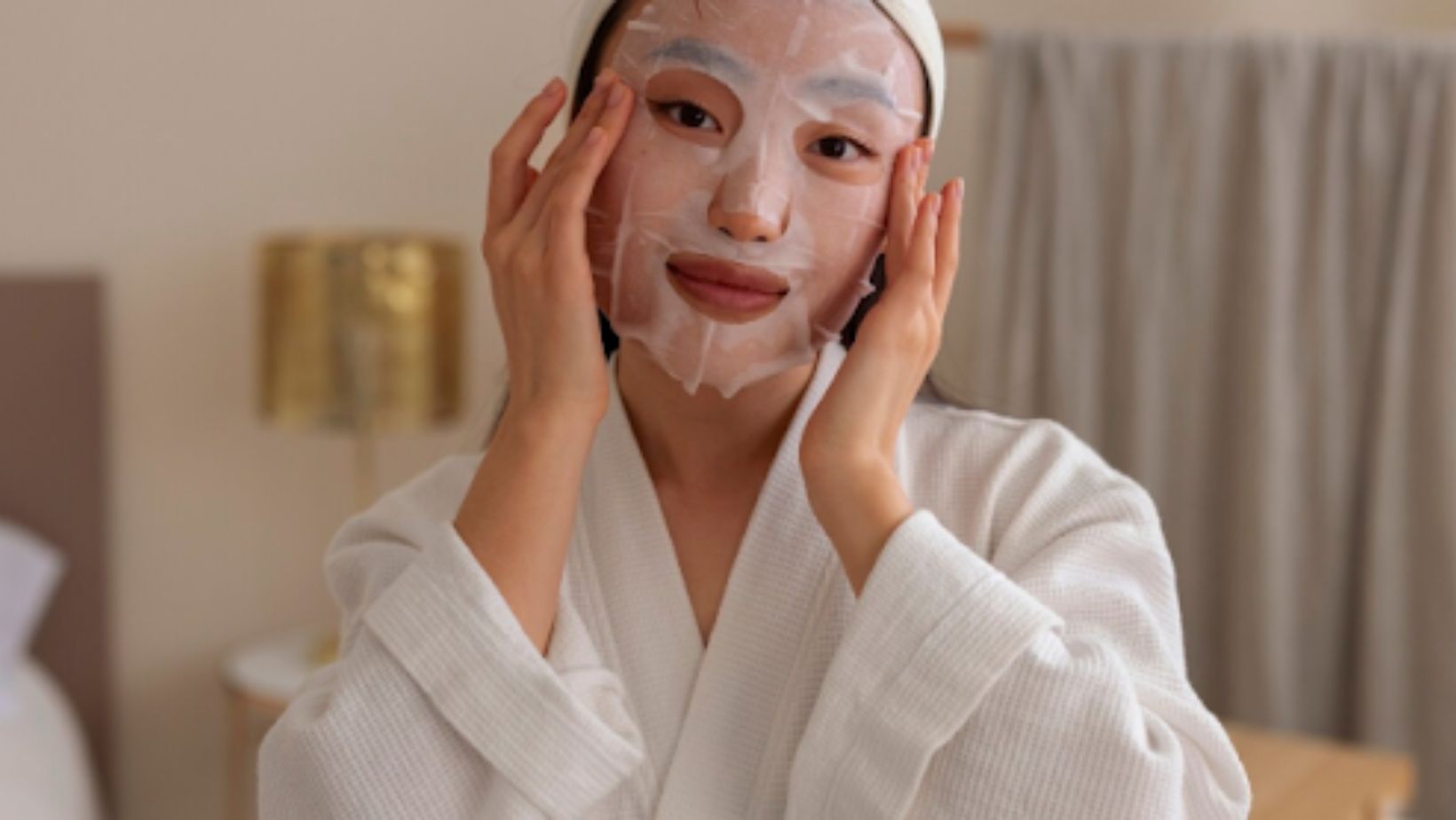The skin, being the largest organ of the body, is constantly exposed to external elements like pollution, sunlight, and harsh weather. Over time, this exposure can lead to various skin concerns, such as dryness, dullness, acne, fine lines, and pigmentation. While daily skincare routines involving cleansing, toning, and moisturizing are vital, masks and treatments serve as an additional layer of care that targets specific skin issues more intensively.
A face mask acts as a concentrated dose of active ingredients that penetrate the skin deeply, providing nourishment, hydration, and soothing benefits. Unlike regular moisturizers or serums, masks are designed to remain on the skin for an extended period, allowing the skin to absorb the maximum benefit from the active ingredients. This deep penetration, combined with the extra time the mask stays on the skin, provides powerful results that are often visible immediately after use.
Treatment options, on the other hand, go beyond surface-level skincare by focusing on more targeted concerns. Whether it is through exfoliation, detoxification, or advanced therapies, treatments work at a cellular level to rejuvenate and restore the skin’s health. By incorporating both masks and treatments into a routine, individuals can address not only their immediate skin concerns but also ensure long-term skin wellness.
Types of Masks
- Hydrating Masks: These are ideal for individuals with dry, parched skin that lacks moisture. Hydrating masks typically contain ingredients like hyaluronic acid, glycerin, and aloe vera, which are known for their ability to attract moisture to the skin and retain it. These masks are often rich in oils and emollients, providing a barrier that locks in moisture and helps restore the skin’s natural hydration levels.
- Clay Masks: Clay masks are well-known for their ability to absorb excess oils and impurities from the skin. They are particularly beneficial for those with oily or acne-prone skin, as they help to cleanse the pores, reduce breakouts, and balance oil production. Common ingredients in clay masks include bentonite clay, kaolin clay, and activated charcoal, all of which work to detoxify the skin and leave it feeling refreshed and smooth.
- Exfoliating Masks: Exfoliating masks are formulated to remove dead skin cells, making them an excellent option for anyone looking to achieve smoother, brighter skin. These masks typically contain physical exfoliants like sugar or salt, or chemical exfoliants such as AHAs (alpha hydroxy acids) or BHAs (beta hydroxy acids). By sloughing off the dead skin layer, exfoliating masks help to promote cell turnover, prevent clogged pores, and reveal fresher skin beneath.
- Sheet Masks: Sheet masks have become a popular skincare trend, especially for those seeking a quick and convenient solution. These masks are made from thin fabric or paper soaked in a serum-like substance. The serum usually contains a potent mix of nutrients tailored to address specific skin concerns, such as brightening, anti-aging, or hydration. Sheet masks offer the advantage of being easy to use and can be worn while multitasking, making them an ideal option for individuals with a busy lifestyle.
Types of Treatments
- Chemical Peels: Chemical peels involve the application of a chemical solution to the skin to exfoliate the outer layers and encourage the regeneration of new skin cells. This treatment is excellent for treating conditions like hyperpigmentation, acne scars, and fine lines.

By removing damaged skin cells, chemical peels help to reveal smoother, more even-toned skin.
- Microdermabrasion: This non-invasive treatment exfoliates the skin using tiny crystals or a diamond-tipped wand to slough off dead skin cells and promote collagen production. Microdermabrasion is effective in reducing the appearance of wrinkles, acne scars, and age spots, and it gives the skin a more youthful, radiant appearance.
- Facial Massage: Facial massages are a relaxing way to stimulate circulation, relieve tension, and encourage lymphatic drainage. When combined with nourishing masks or treatments, facial massages can help the active ingredients penetrate deeper into the skin. This treatment also improves skin tone and texture while reducing puffiness.
- LED Light Therapy: LED light therapy uses different wavelengths of light to target specific skin concerns, such as acne, wrinkles, and pigmentation. Red light stimulates collagen production and reduces signs of aging, while blue light is known for its ability to kill acne-causing bacteria. This treatment is gentle and non-invasive, making it suitable for sensitive skin.
Why You Should Incorporate Masks and Treatments into Your Routine
Masks and treatments are not just about luxury—they’re about achieving a healthier, more radiant complexion. Regular use of the right mask or treatment can help improve your skin’s texture, minimize pores, and reduce the appearance of blemishes and fine lines. Whether you’re tackling specific skin concerns or looking to maintain overall skin health, these skincare essentials play a vital role in boosting your routine’s effectiveness.
Moreover, the ritualistic nature of applying a mask or undergoing treatment provides a sense of relaxation and self-care. In a world where stress often takes a toll on our skin, taking time out to pamper yourself can have both physical and emotional benefits.
Conclusion
Incorporating masks and treatments into your skincare routine can offer transformative results, from deeply nourishing dry skin to treating acne and aging signs. The versatility of these products allows individuals to target specific issues, giving them the freedom to customize their skincare regimen according to their needs.

By combining the power of masks with targeted treatments, anyone can elevate their skincare routine, resulting in healthier, more radiant skin. Whether you are a skincare novice or a seasoned expert, adding masks and treatments to your routine is a step toward achieving the skin of your dreams.




